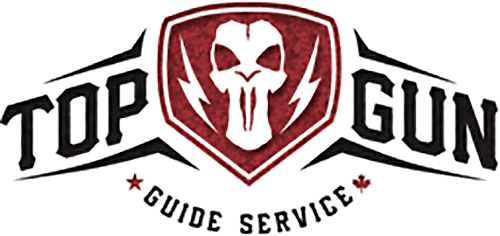If you are planning a legendary waterfowl hunting trip, North Dakota is one of the places you should consider. It is one of the common refrains from hunters once they seek the North Dakota sky filled with flying geese and ducks. Note that the north American central flyway passes through here. It’s a busy route for birds of all species heading north of Canada and even the Gulf Coast. Every spring and winter, waterfowl come in plenty and even hunters. North Dakota has an excellent blend of waterfowl populace, making it an ideal destination for North Dakota Duck Hunting.
Habitat and hunting field
The North Dakota landscape varies. The red river valley in the east part is flat, fertile land. The west side is rugged with rolling mountains and buttes where ranging is common. Both sides of the area have rivers, lakes, and wetlands that offer an ideal Spring Snow Goose Hunting experience.
You’ll find a sweet area for world-class Saskatchewan Duck Hunting in the middle of the state. This east-central to the central part of the state ranges from the Missouri river to the Prairie Coteau. The terrain features grassy, rolling prairies and croplands with wetland habitat.
Ponds, sloughs, meandering creeks, and small lakes tend to occupy all sections of the land. Each part is surrounded by cattails and reeds, which offer perfect bird production nesting covers. On the far end of the cattails, the newly harvested grain fields and conservation reserve program offers food for waterfowl and a wide landing area for rest from the long migration.
Best Missouri Spring Snow Goose Hunting places include the Missouri river corridor and the prairie pothole part between the Sheyenne river and highway 3. Most landowners throughout the state welcome North Dakota Duck Hunting Outfitters who seek permission, treat the area respectfully, and close the gate when leaving.
Hunters will find a lot of lands open for hunting, including wildlife management places, state school land, and over 230k acres of waterfowl production land.
Larger and diverse waterfowl population
North Dakota has millions of birds. As of 2020, the duck’s breeding index is 18% from 2019 and the 13th highest. All duck species, without those with pintails, which reduced slightly, were over 72 years on average.
Duck species are plenty, with mixed positions limits on scaup, mallards, wood ducks, pintails, redheads, blue-winged, mergansers, and canvasbacks. Other species include coots, buffleheads, gadwalls, goldeneye, wigeon, green-winged teal, ruddy ducks, and ring-necked ducks.
Once the duck season comes, hunters don’t need to wait for the birds to appear since the species that summer in the area are plentiful. Those duck species include teal, widgeon, gadwalls, and mallards.
Additionally, hunters will enjoy watching almost 180 geese that live in North Dakota or visit. The place is always filled with sounds of honkers overhead as thousands of flocks of white-fronted geese, Canada geese, light geese, and ross geese make their way. It’s a common sight to see stubble fields blanketed with geese.
Sandhill cranes and tundra swans have yearly hunting seasons for non-residents and resident hunters. However, special permits are needed for both.
Hunting season and licensing
The regular season for geese and North Dakota Duck Hunting starts in late September. The earlier arrival of migrating geese as goose seasons starts in mid-august, based on the expected number.
Together with waterfowl hunting, North Dakota is known for the season on ring-necked pheasants and other upland game bird species such as Hungarian Partridge and sharp-tailed grouse. Pheasants are among North Dakota’s most common game bird species, with their population covering the entire state.
In clear terms, the perfect pheasant habitats include the central waterfowl corridor that extends to the north, west, and south boards. Private and public lands offer the best access to the fields, wetlands, and grasslands that birds love.
For the upland game or waterfowl, hunters must have a basic certificate with general habitat and game license and also a small game license. Additionally, waterfowl hunters must have duck stamps.
